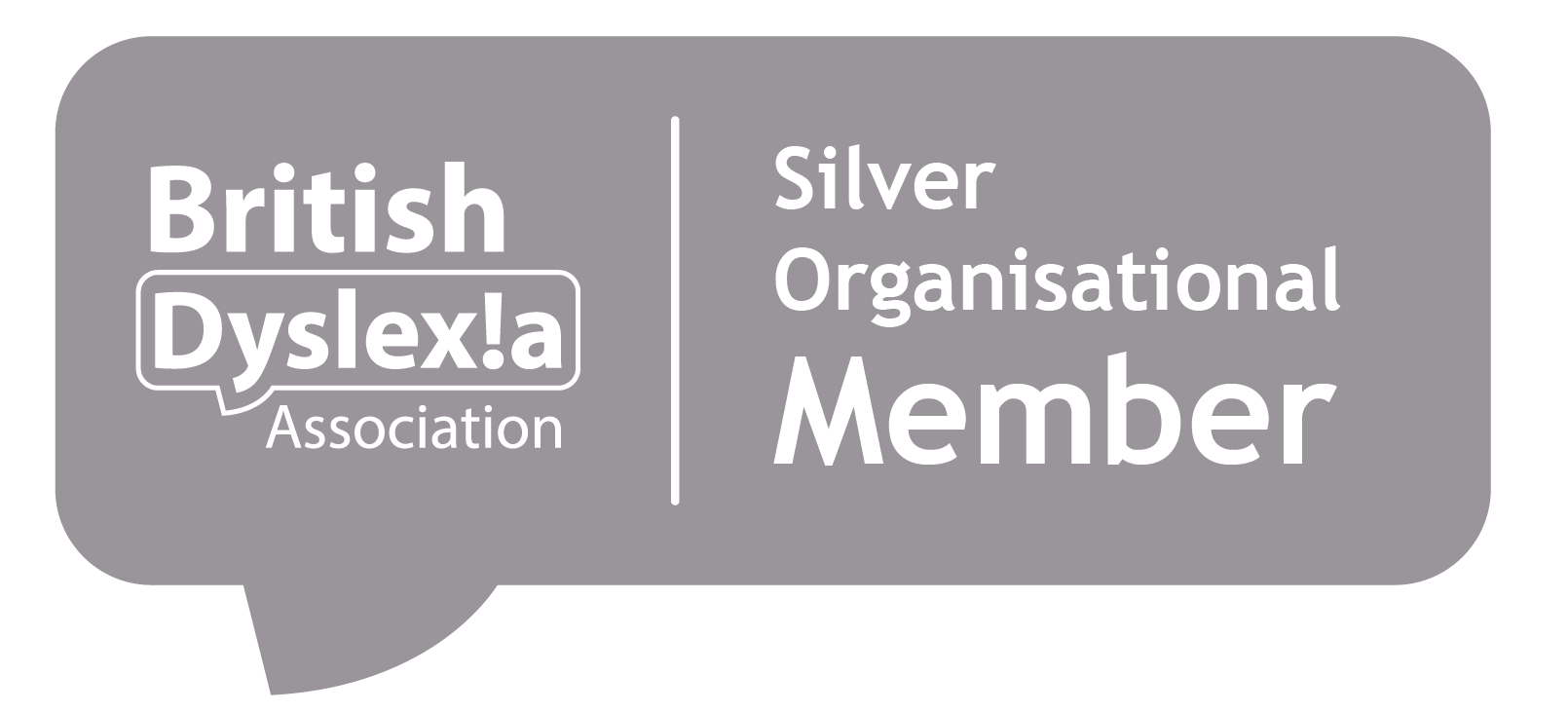The case for typing in the curriculum
Computers are ubiquitous. And whilst touchscreen devices such as tablets and smartphones are the most used devices when it comes to getting online and finding information, if we are going to show what we know, we generally need to use a keyboard. So why don’t we teach children how to use them properly?
There is an emphasis in our curriculum on teaching children to handwrite. We give a lot of time over to it. It is a necessary skill that, amongst other things, help to develop fine motor control. However, outside of school, few of us ever use it for more than a shopping list, a greetings card, or note taking. When it comes to longer writing, whether that’s reports, stories or academic essays it is the keyboard we turn to.
There are a number of reasons we type. One is that our output is clear, there is no struggling to decipher the words. Another is that what has been written can be easily edited and amended until it says just what we want it to – more difficult with pen and paper, with limited space to squeeze in fresh text, or a very obvious scratching through when we want to remove it. And word-processed documents can be easily stored and shared, without having to make multiple, hard, copies.
Word-processing helps us to get our ideas down, and to shape them, meaning that we tend to produce longer, better quality, work when we type than when we handwrite. We can also work for longer without our hands cramping up, particularly if we have issues such as hypermobility or dyspraxia.
For learners with SEND there are additional reasons for using a keyboard instead of a pen. One is that letters will be correctly formed, and legible. It takes out a step of the writing process, that is, remembering how to form a letter. Another is that the act of typing can support our motor memory when remembering spellings. The word becomes a sequence of key strokes rather than a series of individual letters.
Learners can also use the features of the machine, such as spelling and grammar checkers, to be sure their work is accurate, and in many systems now, they can also have their work read back to them. Of course they need to know how to spell, and the conventions of grammar, but the most important thing is demonstrating what they have learnt. Word-processing allows them to revise and polish until they have down just what they want to say, how they want to say it.

So the benefits of learning to use such a useful tool correctly are obvious. Hunting and pecking, or two fingered typing, is not efficient. Once you can touch type you can get your ideas down almost as fast as you can think them. It also means you are less likely to get RSI. Spelling and presentation improve, as does productivity.
At one time, using a keyboard in exams was seen as an ‘access arrangement,’ that is, a special allowance for students with SEND. Changes to regulations mean that any pupil can now use a word-processor in exams – provided functions such as spelling and grammar checkers are disabled. This would almost certainly improve results, not least because every word would be legible, but also because students would be able to get more content down, and revise it more easily.
Whether at home or at school, it is fairly easy to get started. The website Doorway Online has a free tutorial course (http://www.doorwayonline.org.uk/typing), or for more structured resources aimed at improving spelling as well as teaching keyboarding both Touch Type Read and Spell (https://www.ttrsonline.com), and Kaz (https://kaz-type.com) are designed to do this.
So finding the resources is fairly straightforward. The bigger challenge might be in finding the time. However, if we can find time for handwriting, we ought to be able to do the same for typing, an equally essential skill for life.
By John Galloway
John specialises in the use of technology to improve educational opportunities for children and young people with special educational needs. Much of the week he works in Tower Hamlets, in London’s east end. He also freelances as a writer, consultant and trainer. @johngalloway







